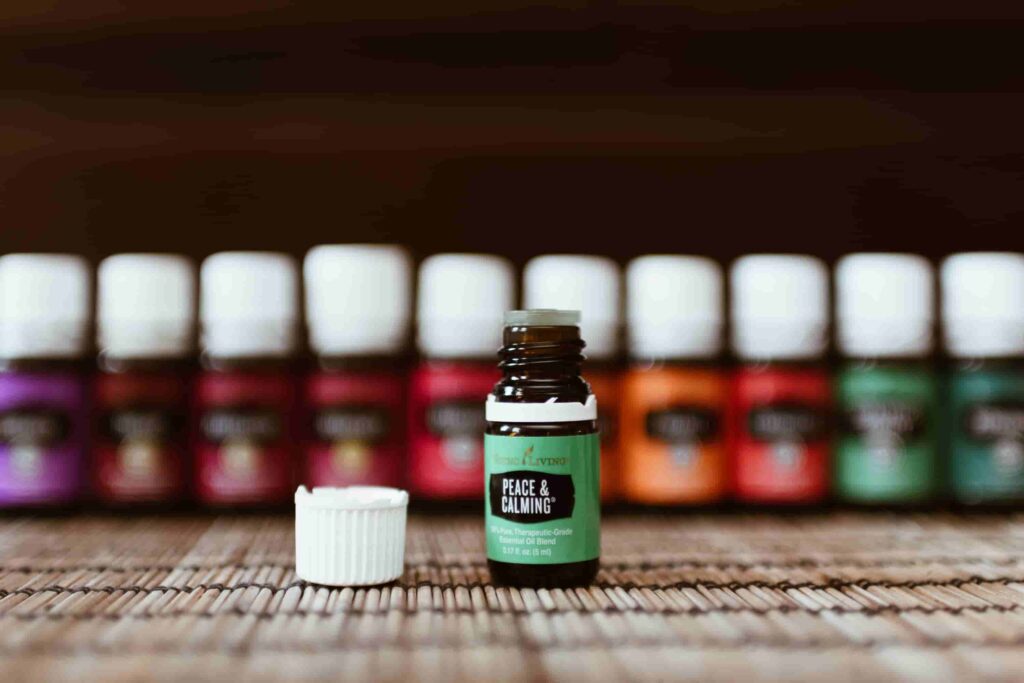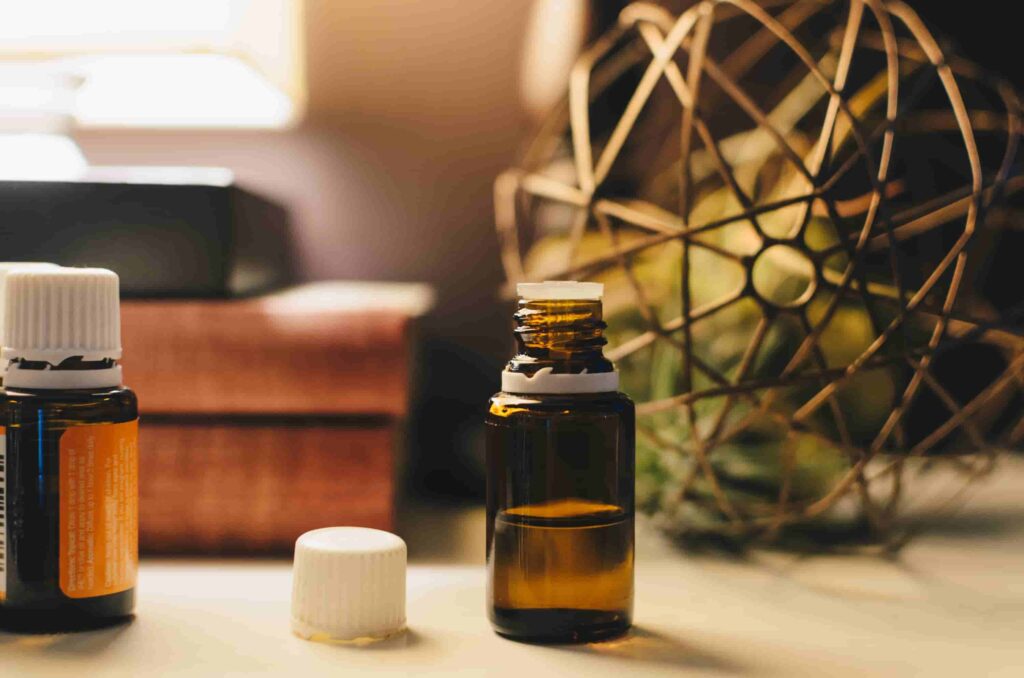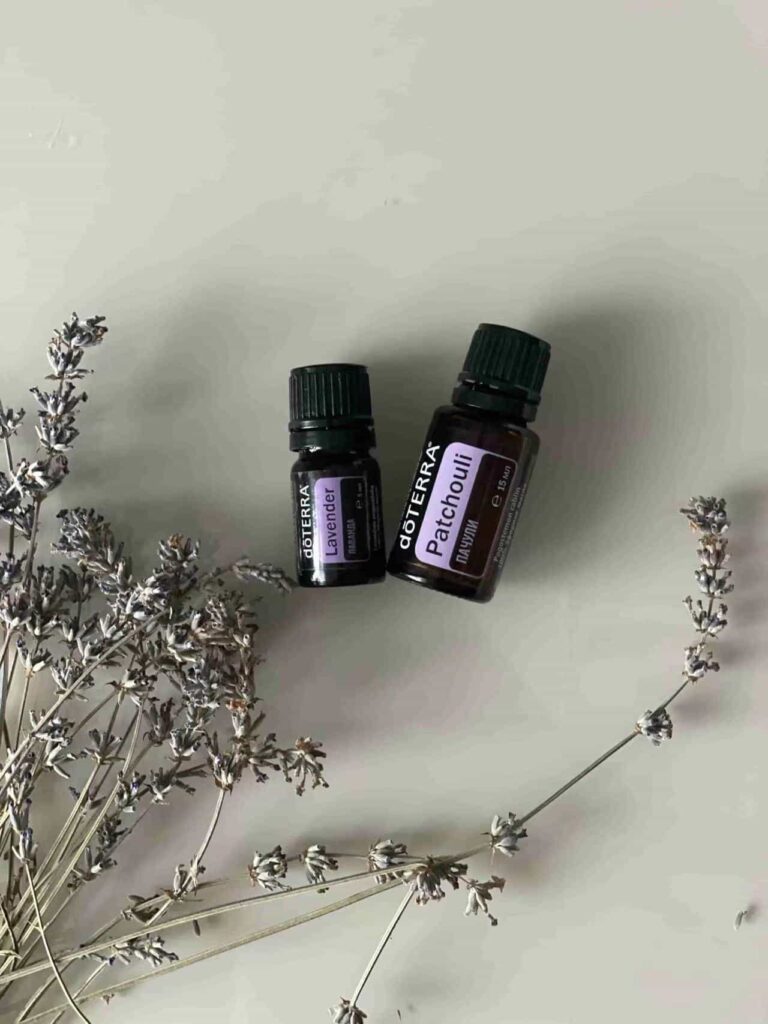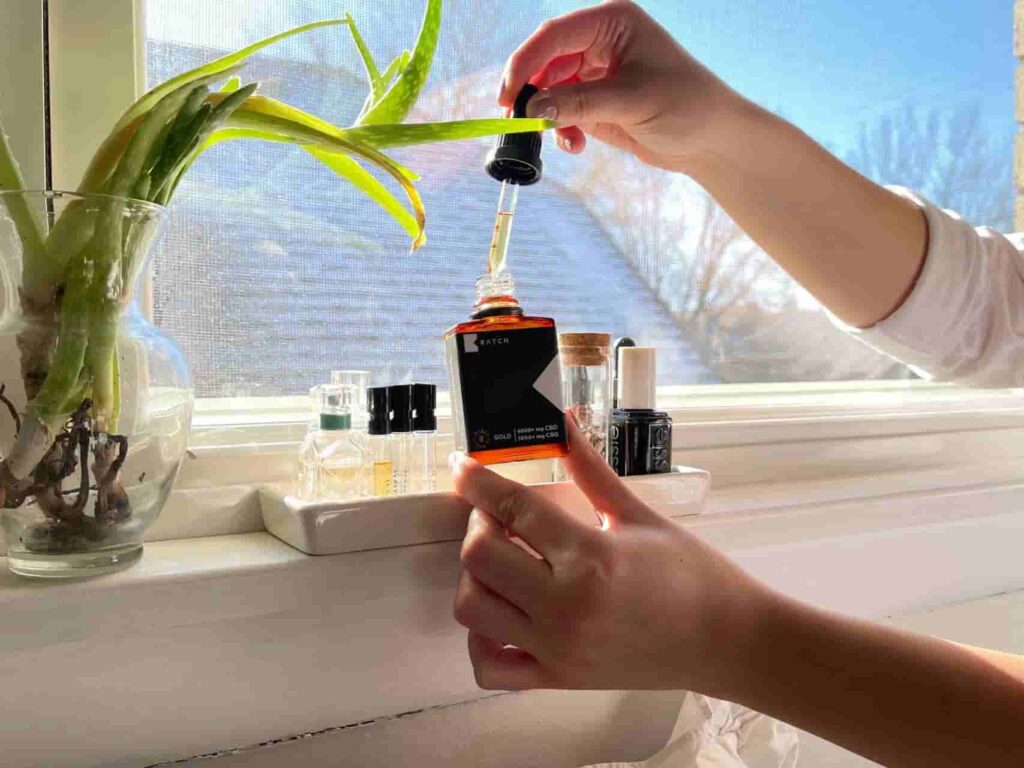Creating labels for essential oil bottles requires careful consideration of the information you need to include to meet legal requirements, provide essential details to consumers, and effectively brand your products. Here’s a list of information typically required for essential oil bottle labels:
Table of Contents
Toggle1. Product Name
Clearly state the name of the essential oil. Ensure it matches the product inside the bottle.
2. Volume or Quantity
Indicate the volume of the oil in milliliters (ml) or ounces (oz). This helps consumers know the quantity they are purchasing.
3. Ingredients
List all the ingredients in the essential oil, including the botanical name of the plant or source. If it’s a blend, specify the individual oils used.
4. Usage Instructions
Provide clear instructions on how to use the essential oil. Include information on dilution (if necessary), application methods (e.g., topical, inhalation), and any precautions.
5. Safety Information
Include safety precautions, warnings, and contraindications. Mention if the oil should not be used by certain individuals (e.g., pregnant women, children, people with specific medical conditions).

6. Batch/lot number
For quality control and traceability, assign a unique batch or lot number to each production batch.
7. Manufacturing Date
Include the date when the product was manufactured or bottled. This helps consumers assess freshness.
8. Expiration Date
If applicable, specify the expiration date or the period during which the oil remains effective. Some essential oils have a relatively short shelf life.
9. Storage Recommendations
Advise consumers on how to store the oil properly (e.g., in a cool, dark place) to maintain its quality.
10. Contact Information
Include your company’s contact information, including a customer service phone number and email address.
11. Certifications
If your essential oil is certified organic, cruelty-free, or has any other relevant certifications, display these prominently.
12. Net Weight
Mention the weight of the oil in grams (g) or ounces (oz).
13. Country of Origin
Indicate the country where the oil was sourced or manufactured.
14. Usage Suggestions
Provide ideas or suggestions on how the oil can be used (e.g., aromatherapy, massage, diffusing).
15. Barcode/UPC
If you’re selling your products in retail stores, consider adding a barcode or UPC for easier inventory management.

16. Brand Logo
Incorporate your brand logo or emblem for branding consistency.
17. Caution Statements
Include cautionary statements like “For external use only,” “Keep out of reach of children,” and “Avoid contact with eyes.”
18. Aroma Description
Offer a brief description of the oil’s aroma, which can help customers make informed choices.
19. Third-Party Testing
If you conduct third-party testing for quality and purity, you can mention this on the label.
20. Additional Information
Depending on your product and target market, you may need to include additional information, such as usage tips, benefits, or any unique selling points.

Understanding the intricate regulations that govern essential oil sales and distribution is crucial to navigating the complex world of labeling. The information required on labels varies from one country to another. For compliance and consumer safety, it is important to do thorough research on the labeling requirements that are applicable in your area. Don’t forget to consider the importance of aesthetics. Labels are more effective when they have clear, legible fonts and font sizes that are appropriate. They also look good. Labels for essential oils must strike the perfect balance between consumer appeal and regulatory compliance.
Please do not hesitate to contact us if you’re looking for wholesale essential oil bottles. Our high-quality glass packaging and outstanding service will meet all your bulk packaging requirements. Call us to learn more about our options and discuss your needs. We are committed to your satisfaction and look forward in assisting you.












